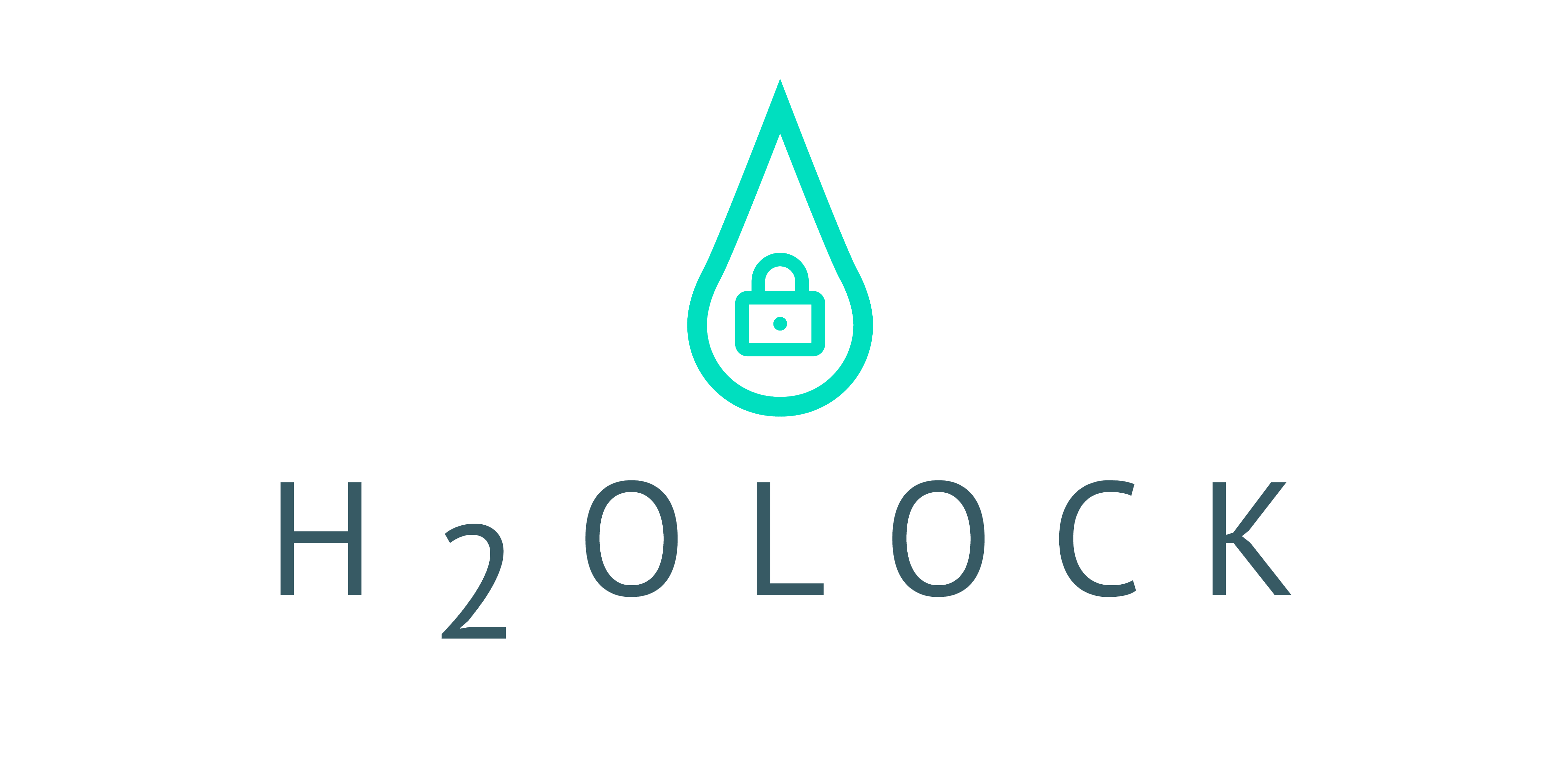Energy consumption has increased in agricultural sectors following the installation of more efficient irrigation systems. The electrical demand has substantially risen to meet the needs of pressurized systems (pumping and filtering operations). With the rise in electricity bills and the need to reduce greenhouse gas emissions (GHGs), renewable energy sources (RES) emerge as a way to counter such situations. In agriculture, photovoltaic technology (PV) is the preferred option due to its low operating costs, minimal maintenance requirements, and ease of use. In terms of CO2 emissions, an off-grid solar pumping system replacing a typical diesel generator unit can save around 1 kg of CO2 per kilowatt-hour of production. Thus, this approach is intriguing, particularly in Mediterranean environments where solar radiation and evapotranspiration exhibit parallel temporal trends (monthly and daily), resulting in the solar power peak coinciding with maximum irrigation water needs. Given the ongoing increase in electricity prices and the decline in photovoltaic module costs, self-consumption presents a highly interesting option for farmers.
The most common solutions involve a continuous platform placed above the water level, resembling a floating module that serves as a support for photovoltaic panels – essentially, the platform functions as a framework to hold a network of conventional solar panels. Different modules are connected to their adjacent counterparts using various methods (e.g., metal pin anchors), and the platform is securely tethered to the reservoir. For instance, Ferrer-Gisbert et al. developed a new Photovoltaic Floating Cover System (PFCS) for agricultural water reservoirs in collaboration with Celemin Energy in 2013. This system consisted of floating polyethylene modules. A full-scale plant was constructed in an agricultural reservoir near Alicante, Spain, to study the system’s behavior. The solar system covered only 7% of the 4700 m2 surface area of the pond. Results demonstrated a promising option for this type of system (Figure 6) to generate renewable energy, prevent fluid loss through evaporation, and inhibit algae proliferation by blocking sunlight. However, the cost of this system was approximately 30% higher than conventional grid-connected photovoltaic installations, rendering it economically unviable for the agricultural sector.

